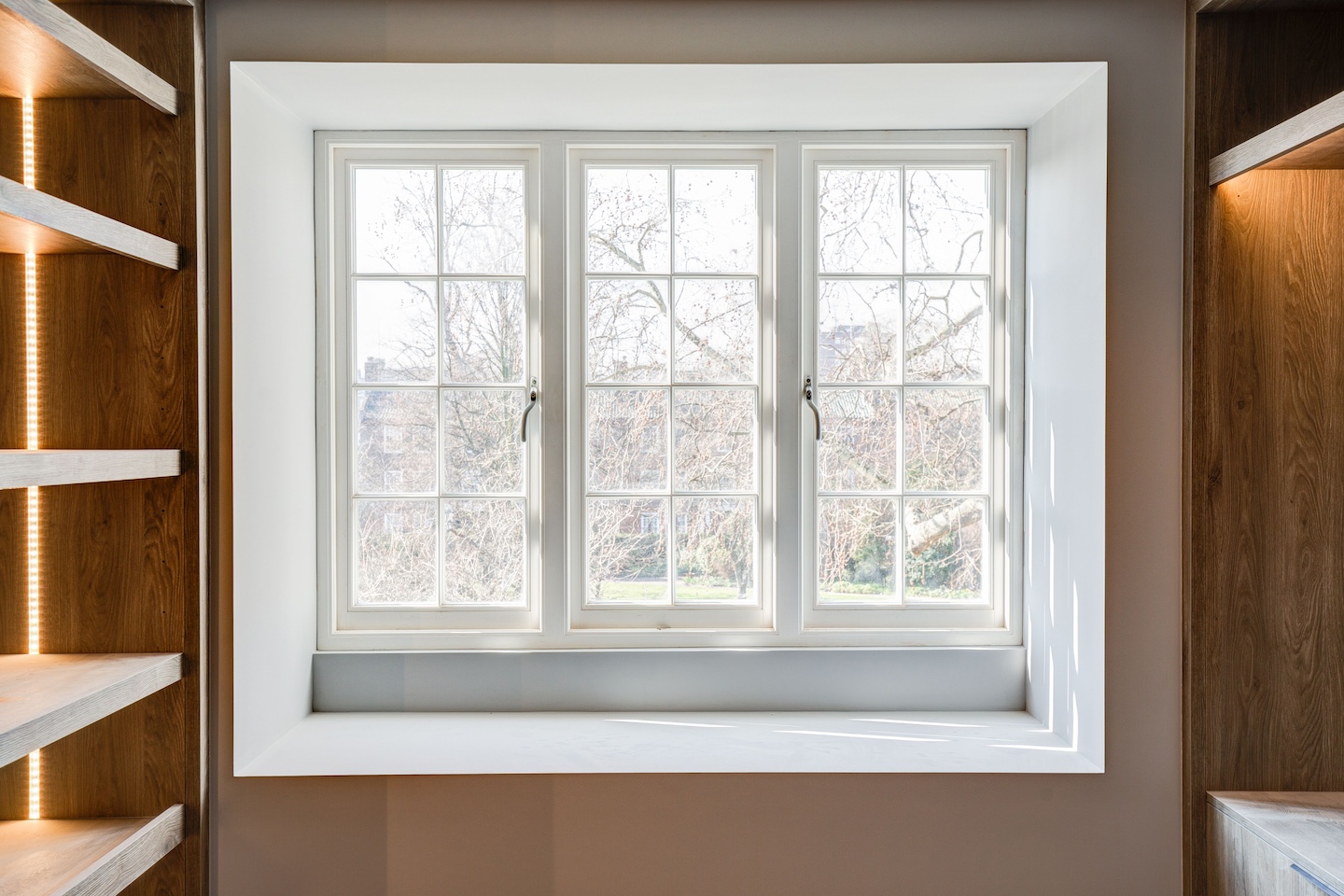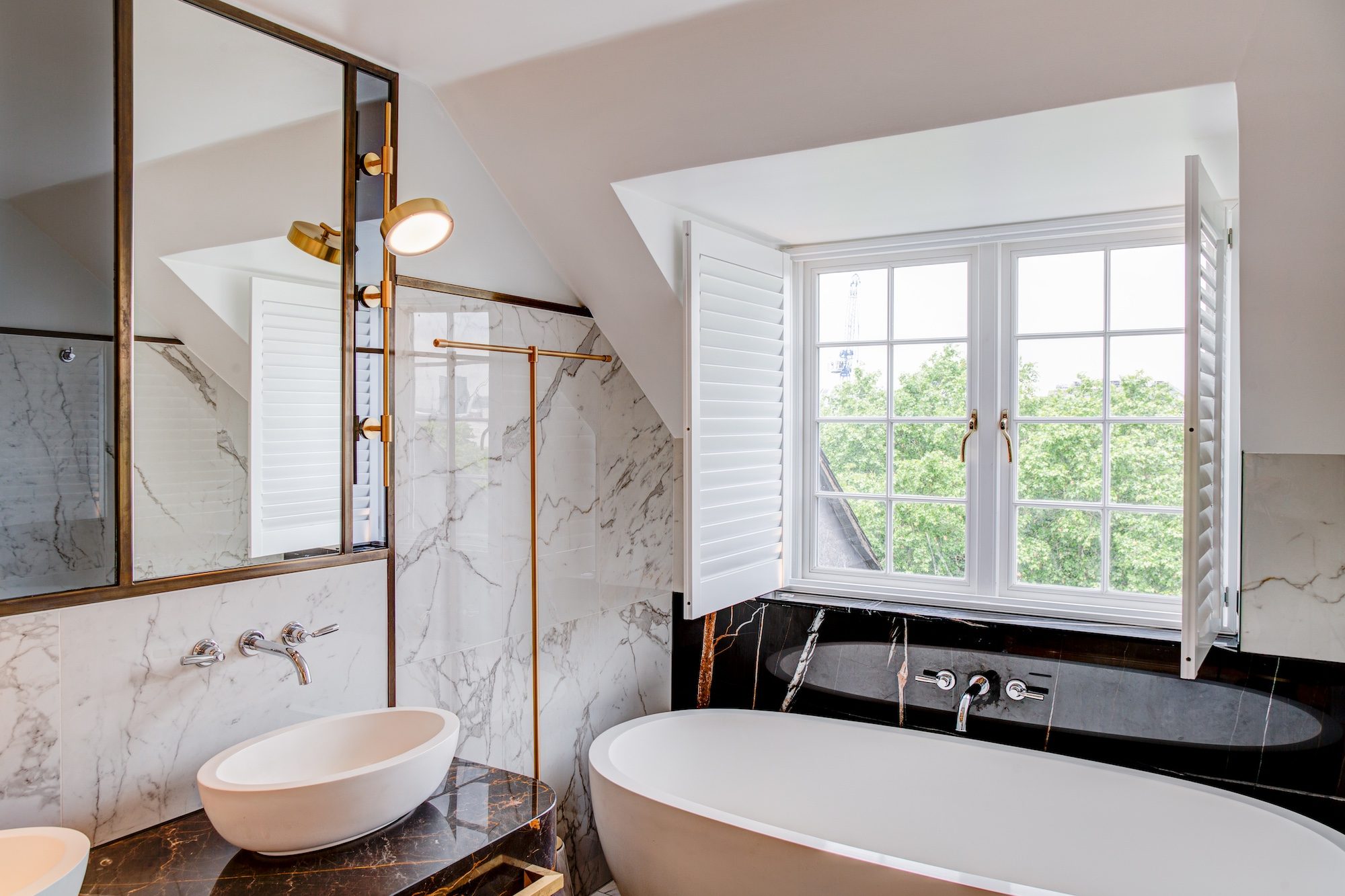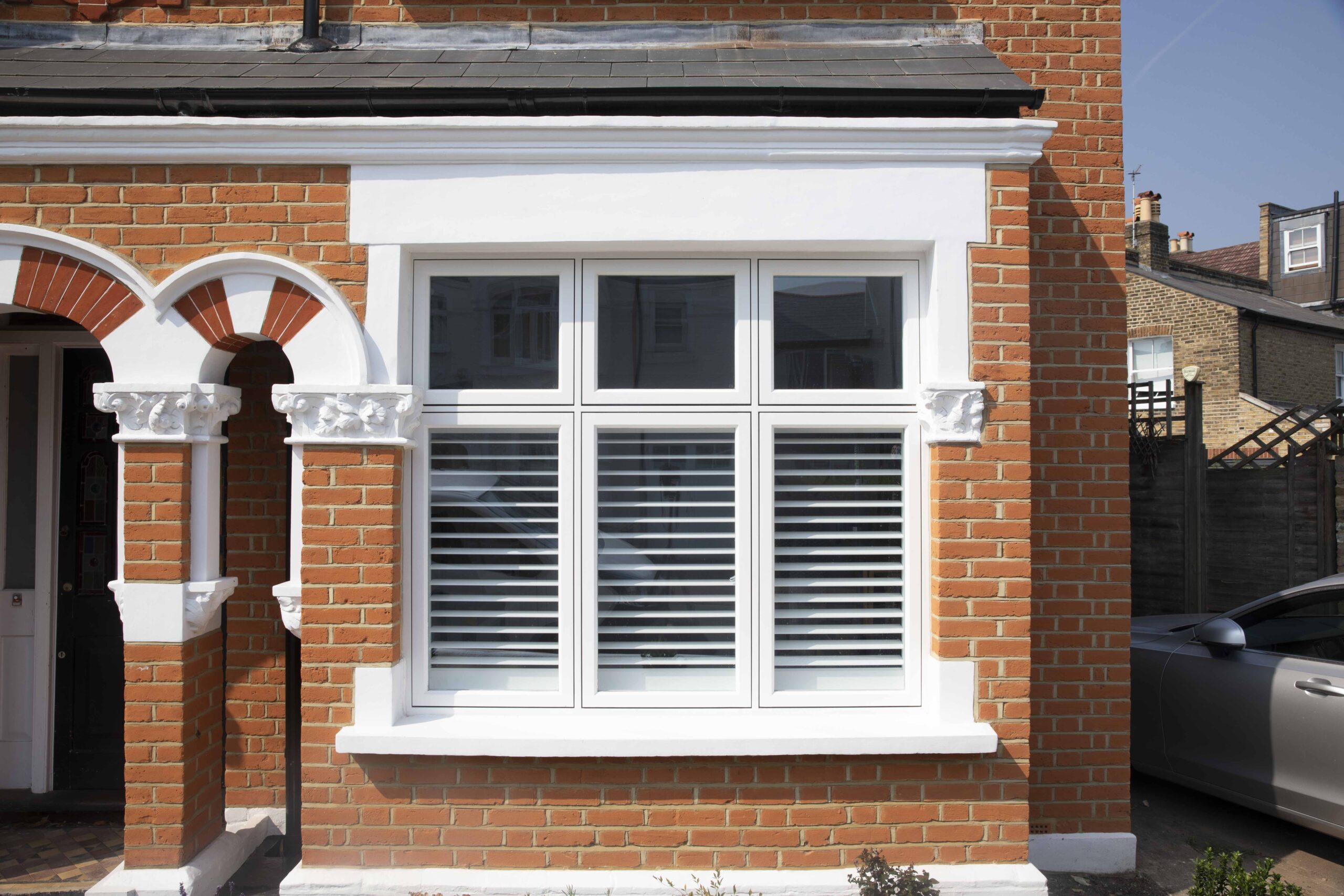Favoured for their timeless appearance and practical design, casement windows are one of the most traditional yet versatile window types in Britain. They’re especially popular for character properties, offering both aesthetic charm and functional performance.
In this guide, we’ll explore everything you need to know, from the different styles available and how they work to their costs, benefits, and security features. We’ll also look at what you can do should the worst happen and you find that a window needs to be repaired or replaced.

What is a casement window?
A casement window is a side-hinged window that opens outwards, like a door. This classic design allows the window to open fully, making it ideal for maximising natural ventilation and light in any room.
You’ll often find casement windows in cottages and heritage homes where their traditional appearance complements the architectural style. However, their adaptability has also made them a popular choice in modern properties, where clean lines and unobstructed views are just as important.
Casement windows at Nine Zero
Our timber casement windows are crafted to reflect the timeless charm of period design while delivering the benefits of modern performance, from enhanced energy efficiency to robust security. Whether you’re restoring a listed building or specifying windows for a new build, our casement windows offer a beautiful balance between style and substance.
How do casement windows work?
Casement windows are typically side-hung on friction hinges or traditional butt hinges. They’re operated by a handle, crank, or latch, and are designed to open outwards, though inward-opening versions are also available for certain architectural needs.
One of their key advantages lies in the way the sash presses firmly against the frame when closed, creating a tight weather seal that enhances thermal efficiency and helps reduce draughts. The wide opening arc not only allows for excellent airflow but also provides unobstructed views and easier cleaning.
Typical types and styles
Casement windows come in a variety of types and styles, offering versatility to suit both traditional and contemporary properties. The most common subtype is the side-hung casement, which opens like a door on vertical hinges. These provide excellent ventilation and are easy to operate.
Other options include:
- Top-hung awning windows, which are hinged at the top and open outward from the bottom, are ideal for keeping out rain while allowing airflow
- Bottom-hung hopper windows, which open inward from the top and are often used in basements or utility spaces
Styles to suit your home
Casement windows can be made to suit the character of a home. For example, traditional designs might feature Georgian bars, timber beading, or putty-style glazing for a heritage finish. Modern casement windows, on the other hand, tend to have clean edges, minimalist ironmongery, and sleek frames. Cottage-style options, meanwhile, often include smaller panes and decorative detailing, while contemporary casements may favour wider expanses of glazing and bold, painted timber.
Flush casement windows vs. standard
Flush casement windows are designed so the sash sits perfectly flush within the frame when closed, creating clean, seamless lines that offer a more architectural look. In contrast, standard casement windows have a sash that slightly overlaps or sits proud of the frame.
While both types can achieve excellent energy performance, flush casements are often the preferred choice for high-end renovations or period properties, thanks to their refined appearance and ability to blend into existing heritage architecture.
The pros and cons of casement windows
Benefits
- Superior ventilation: Casement windows open fully, allowing fresh air to circulate freely.
- Excellent energy efficiency: When closed, the sash seals tightly against the frame, reducing heat loss.
- Strong weather sealing: This is ideal for keeping out draughts and moisture.
- Classic appearance: Casement windows are perfectly suited to period homes and come with the option to include modern upgrades.
- Sustainable and customisable: Timber casement windows from Nine Zero are made using FSC-certified wood and tailored to your property’s needs.
Disadvantages
- Wind exposure: The large opening area can catch strong gusts more easily than sash windows.
- Space constraints: The outward-opening design is not ideal for narrow walkways, gardens, or external obstructions.
How much do casement windows cost?
The cost of a casement window can vary greatly depending on a number of factors, including size, materials, type of glazing (single, double, or triple), ironmongery, and paint or stain finish. This is especially true with our timber casement windows, as every feature we make is fully bespoke and tailored to the individual needs of the purchaser.
It’s also important to remember that a key factor in the price of a casement window is its quality. With our products, you can rest assured that you’re getting long-lasting value in a sustainable, beautiful set of windows that offer everything you need and have asked for.
Are flush casement windows more expensive?
Flush casement windows are usually slightly more expensive than standard designs. This is due to the precision joinery and craftsmanship required to achieve their seamless, flush-fitting appearance. They’re often favoured for high-end renovations and heritage properties, where aesthetics are just as important as performance.

How secure are casement windows?
Casement windows are widely regarded as one of the most secure window styles available. Their design allows the sash to lock tightly into the frame, making them difficult to force open from the outside. Most modern casement windows come with multi-point locking mechanisms, securing the window at several points around the frame for added peace of mind.
At Nine Zero, we combine robust timber construction, durable ironmongery, and reinforced hinges to deliver exceptional security as standard. For additional protection, options like different kinds of glazing can be specified to increase safety.
Can casement windows be repaired?
Yes, timber casement windows can be repairable, especially when well-maintained. Common issues such as worn hinges, damaged handles, or sticking sashes can usually be fixed or replaced. Timber repairs might involve sanding, recoating, or even replacing sections of the frame to restore the window’s appearance and function.
That said, in some cases it may be more cost-effective and efficient to replace the entire window, particularly if the damage is extensive or if improved energy efficiency is a priority.
Why choose Nine Zero for new casement windows?
We specialise in bespoke timber casement windows that combine heritage aesthetics with modern performance. Crafted using FSC-certified timber and precision joinery, our windows deliver exceptional energy efficiency and come with industry-leading guarantees – up to 30 years on timber and 10 years on glazing, finishes, and workmanship.
We work closely with homeowners, architects, and developers, with projects completed across London, Surrey, Bristol, and the wider South West.
Get in touch
If you’re planning a period renovation or high-spec build, speak to us about how casement windows could match your project needs and transform a home.
Our team are ready and waiting, so get in touch today.
